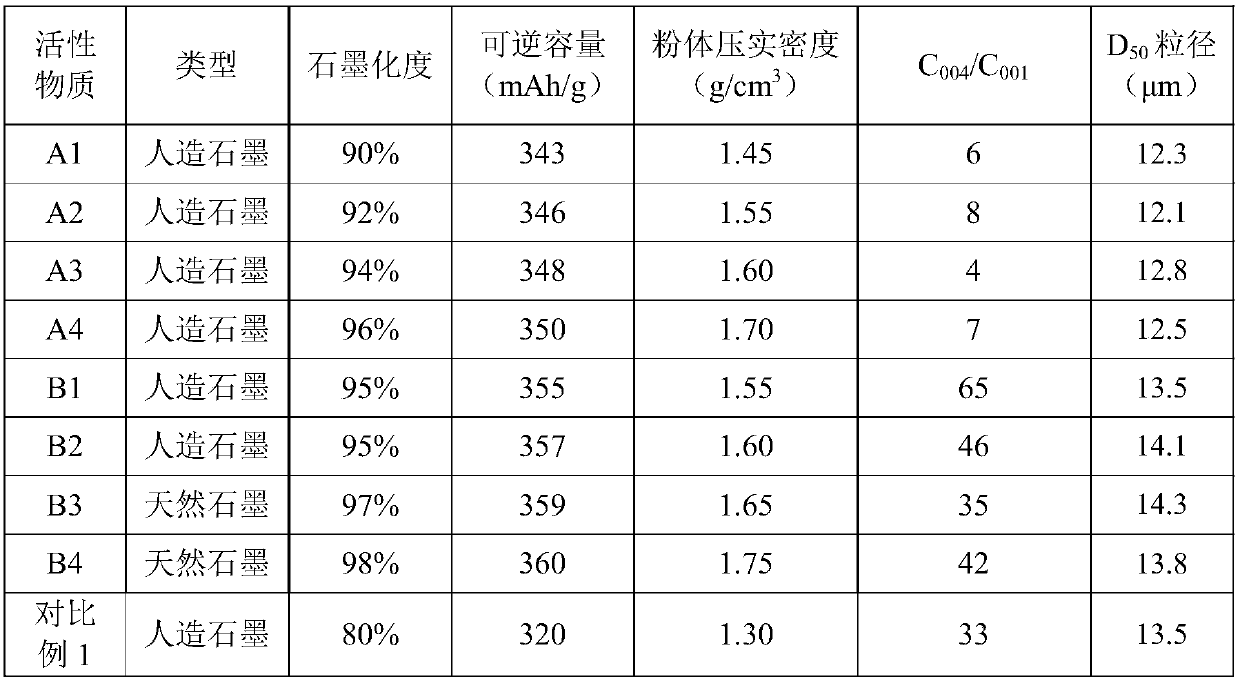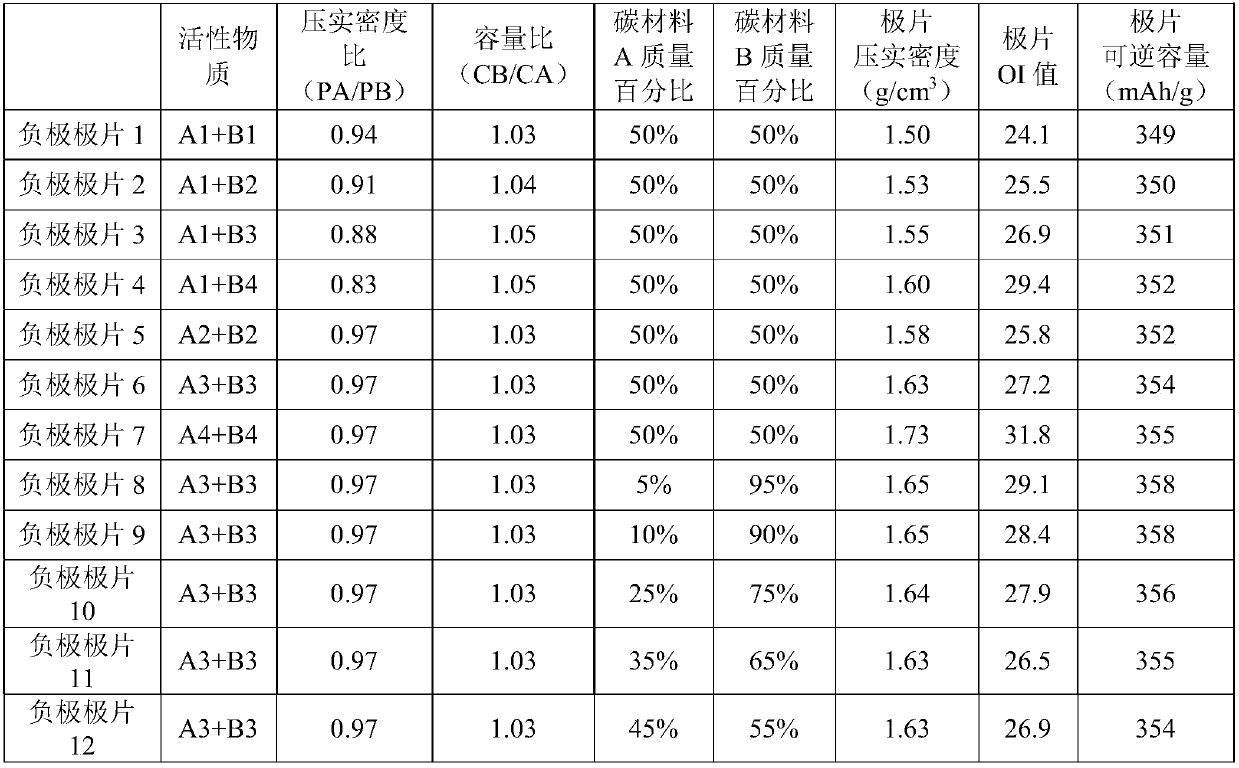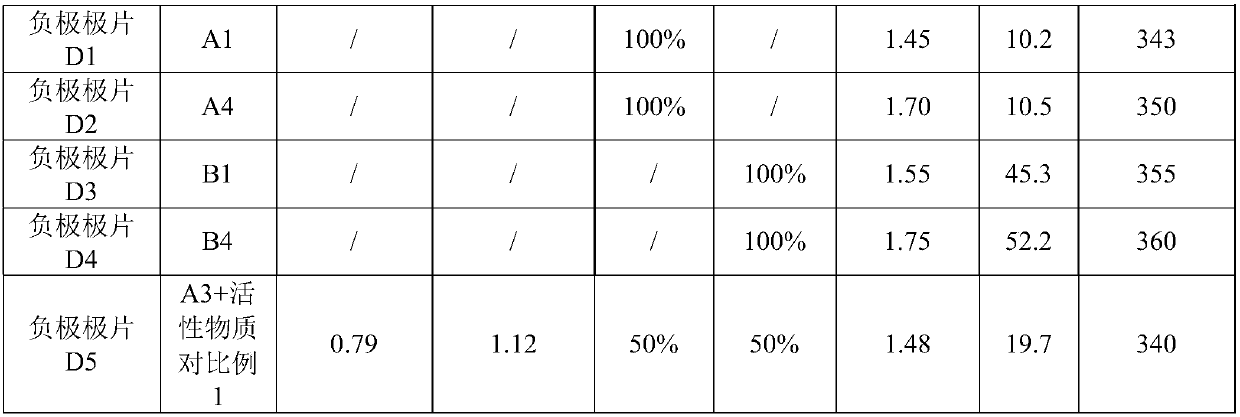Secondary battery
A secondary battery and electrolyte technology, applied to secondary batteries, battery electrodes, circuits, etc., can solve problems such as diving, negative electrode kinetics reduction, and lower battery cell lithium analysis window
- Summary
- Abstract
- Description
- Claims
- Application Information
AI Technical Summary
Problems solved by technology
Method used
Image
Examples
preparation example Construction
[0046] When the secondary battery is a lithium-ion battery, a conventional lithium-ion battery preparation method can be used, which at least includes the following steps:
[0047] Step 1. Coating the positive electrode slurry including the positive electrode active material, conductive agent and binder on the surface of the positive electrode current collector, forming a positive electrode active material layer after drying, and obtaining the positive electrode sheet;
[0048] Step 2, coating the negative electrode slurry including the negative electrode active material and the binder on the surface of the negative electrode current collector, forming a negative electrode active material layer after drying, and obtaining the negative electrode sheet;
[0049] Step 3: Stack the positive pole piece, the separator and the negative pole piece sequentially, and then wind or press them to obtain a bare cell, then inject electrolyte, and package to obtain a secondary battery.
[005...
Embodiment
[0076] Preparation of negative electrode sheet
[0077] Mix carbon material A and carbon material B with conductive agent carbon black Super P and binder styrene-butadiene rubber (SBR) according to the weight ratio of 92:3:5 according to different proportions, add solvent N-methylpyrrolidone, stir and mix Negative electrode slurry is obtained after uniformity. Evenly coat the negative electrode slurry on the coating layer of the negative electrode current collector, dry it at 80-90°C after coating, perform cold pressing, slitting, and cutting into pieces, and then dry it under vacuum at 110°C for 4 hours. Negative electrode sheets 1 to 12 were obtained. The preparation method of the negative pole pieces D1-D5 is similar to that of the negative pole pieces 1-12, except that the carbon material has changed. Wherein, carbon material A includes carbon materials A1-A4, and carbon material B includes carbon materials B1-B4. The physical and chemical parameters of the above-menti...
PUM
| Property | Measurement | Unit |
|---|---|---|
| Reversible capacity | aaaaa | aaaaa |
| Compaction density | aaaaa | aaaaa |
| Compaction density | aaaaa | aaaaa |
Abstract
Description
Claims
Application Information
 Login to View More
Login to View More - R&D
- Intellectual Property
- Life Sciences
- Materials
- Tech Scout
- Unparalleled Data Quality
- Higher Quality Content
- 60% Fewer Hallucinations
Browse by: Latest US Patents, China's latest patents, Technical Efficacy Thesaurus, Application Domain, Technology Topic, Popular Technical Reports.
© 2025 PatSnap. All rights reserved.Legal|Privacy policy|Modern Slavery Act Transparency Statement|Sitemap|About US| Contact US: help@patsnap.com



